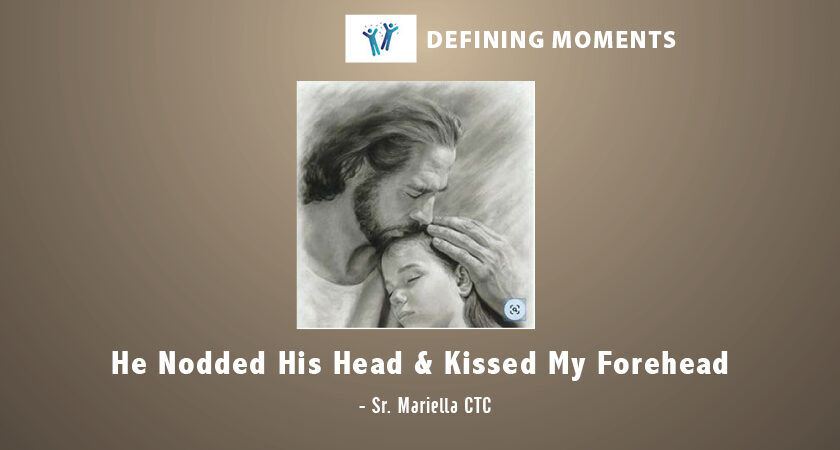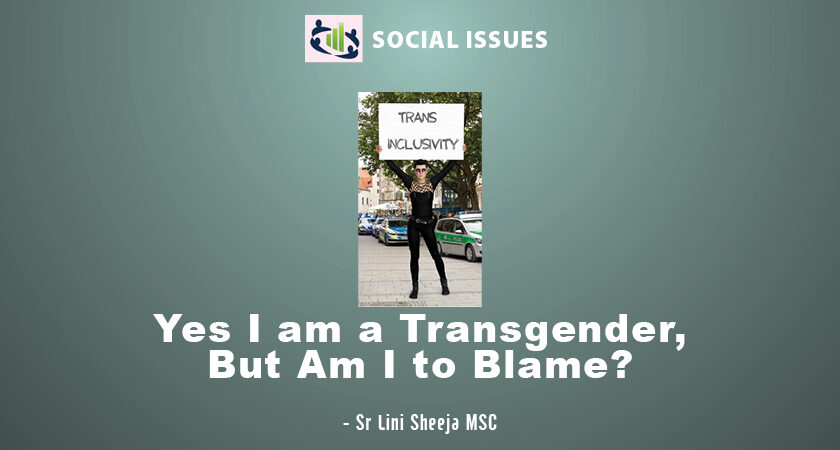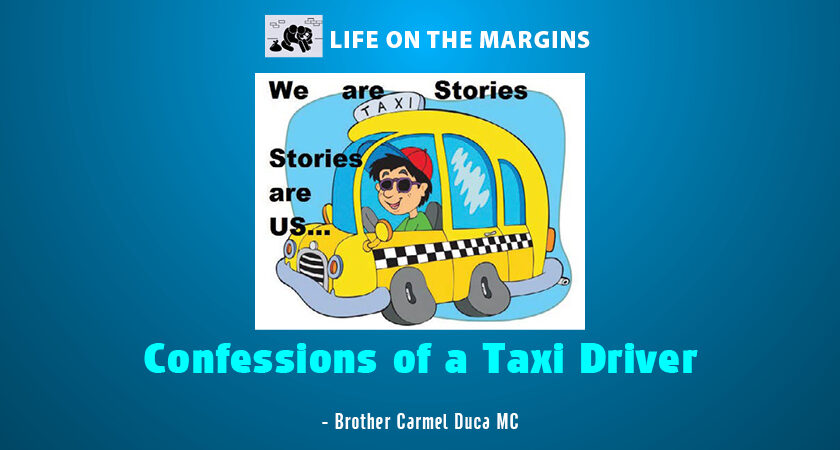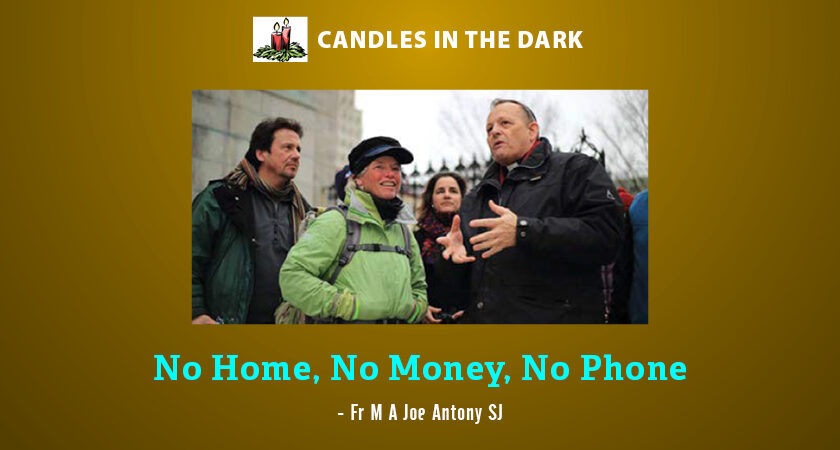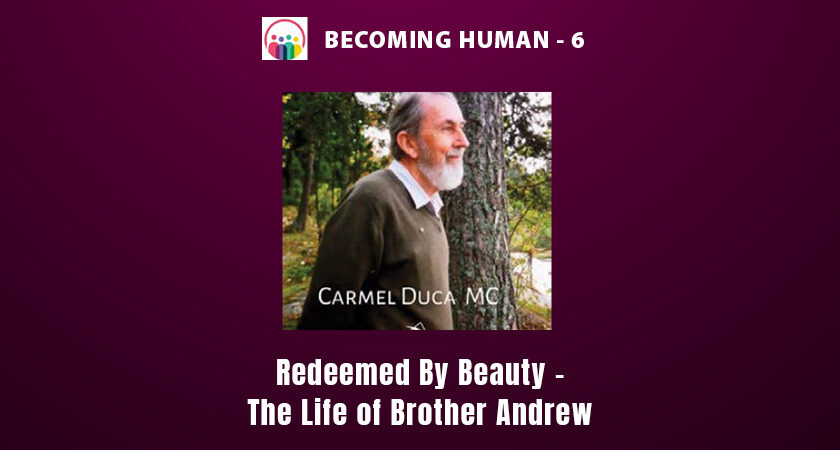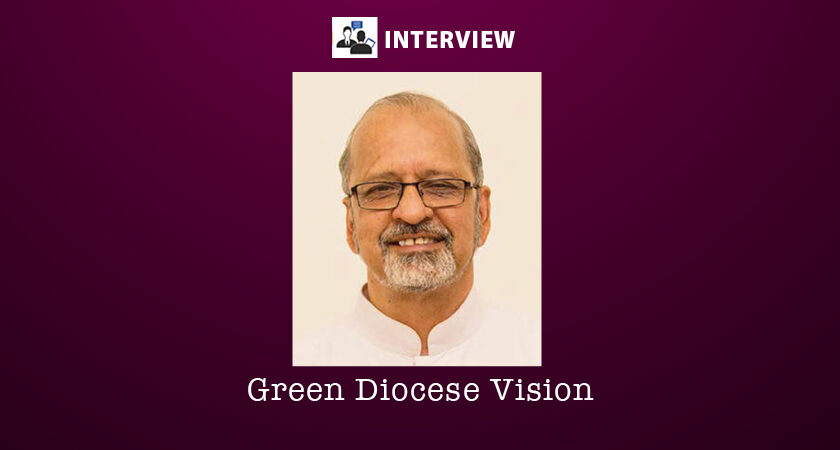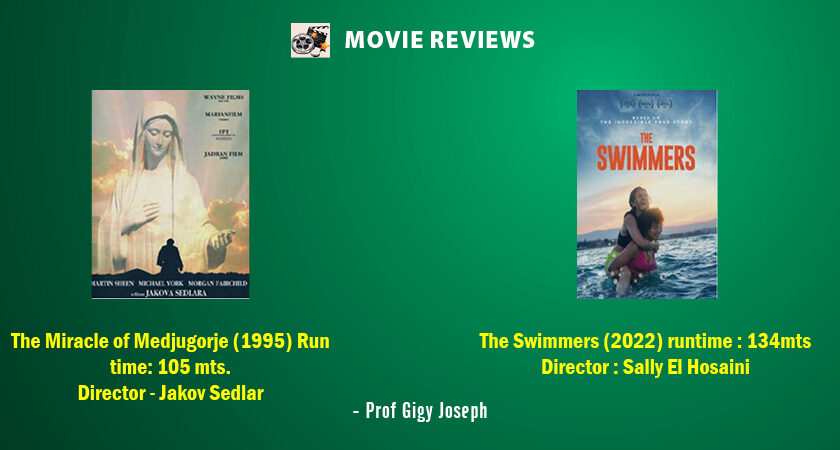“Whole people see and create wholeness wherever they go; split people see and create splits in everything and everybody.” (Richard Rohr).
In the last issue, we discussed how Unity & Diversity and Relationship & Uniqueness are directly responsible for arriving at Wholeness. We reaffirmed that just as a religious community needs to be united in carrying out its mission, it also needs to respect the differences among its members. In the same way, only that community which respects the uniqueness of each of its members can also enjoy an all-inclusive relationship among themselves. In the present issue, we shall reflect on the importance of Context & Interiority.
What do we mean by ‘Context’? What do we mean by ‘Interiority’? In what manner do Context and Interiority impact our wholeness? Let us try to find answers to these questions here.
Let me begin by retelling a story that most of us would have heard. Once upon a time there was a remote monastery in a village. The monastery was very famous among the neighbouring villages because of the joy, peace and happiness that existed within it. There were 24 monks who lived in great unity. They spent their days in prayer, production of dairy products and wine and wrote many books. Their monastery was always full of people, coming in and going out, and enjoying the hospitality of the monks. In fact, there were more than 50 aspirants who wanted to become monks as well.
Fr. Dr. Joseph Jeyaraj SDB
To read the entire article, click Subscribe

